Pineapples are delicious tropical fruit.
There are more than a hundred varieties of pineapples that grow in varying sizes.
The plant is indigenous to South America and is said to originate from the area between southern Brazil and Paraguay.
The natives of southern Brazil and Paraguay spread the pineapple throughout South America, and it eventually reached the Caribbean, Central America, and Mexico, where it was cultivated by the Mayas and the Aztecs.
Explorer Christopher Columbus in 1493 found pineapples on Guadeloupe Island in the Caribbean. He called it piña de Indes, meaning “pine of the Indians”, and brought it back with him to Spain.
Today, the majority of the world’s pineapples come from Southeast Asia.
In 2016, the top five producers of pineapples were: Costa Rica, Brazil, the Philippines, Thailand, and Indonesia.
The pineapple is a herbaceous perennial, which grows to 1.0 to 1.5 m (3.3 to 4.9 ft) tall, although sometimes it can be taller. In appearance, the plant has a short, stocky stem with tough, waxy leaves. The plant takes almost three years to reach maturation. It can fruit a total of three times during its lifetime.
Pineapple plants have beautiful flowers which can vary from lavender, through light purple to red. When creating its fruit, it usually produces up to 200 flowers, although some large-fruited cultivars can exceed this.
Once it flowers, the individual fruits of the flowers join together to create what is commonly referred to as a pineapple. So the pineapple fruit itself is actually a bunch of “fruitlets” fused together. The tough, waxy rind may be dark green, yellow, orange-yellow or reddish when the fruit is ripe. The flesh ranges from nearly white to yellow. In size the fruits are up to 30 cm (12 in) long and weigh 0.45 to 4.5 kilograms (1 to 10 pounds) or more.
The top of a pineapple, after cleaning and drying, can be planted in soil and a new plant will grow.
Pineapples have exceptional juiciness and a vibrant tropical flavor that balances the tastes of sweet and tart.
There are 50 calories in 100 grams (3.5 ounces) of a fresh pineapple.
The pineapple is made up of mostly water (86%) and carbohydrates (13%), with almost no fat or protein.
It has nutrients, vitamins, and minerals, including copper, potassium, calcium, magnesium, manganese, vitamin C, thiamin, B6, beta-carotene, and folate as well as soluble and insoluble fiber and bromelain.
The health benefits of pineapple include their ability to improve respiratory health, cure coughs and colds, improve digestion, help you lose weight, strengthen bones, improve oral health, boost eye health, reduce inflammation, prevent cancer, improve heart health, fight off infections and parasites, improve the immune system and increase circulation.
The flesh and juice of the pineapple are used in cuisines around the world.
In many tropical countries, pineapple is prepared and sold on roadsides as a snack. It is sold whole or in halves with a stick inserted.
Chunks of pineapple are used in desserts such as fruit salad, as well as in some savory dishes, including pizza toppings, or as a grilled ring on a hamburger.
Crushed pineapple is used in yogurt, jam, sweets, and ice cream.
The juice of the pineapple is served as a beverage, and it is also the main ingredient in cocktails such as the piña colada and in the drink tepache.
The word “pineapple” was first used in 1398 in reference to a pine cone. It is derived from the Spanish word “pina” which means pine cone. This was changed nearly 300 years later with the word “pine cone” being introduced so pineapple could be used exclusively for the fruit. You might also recognise the Spanish word “pina” from the name of the famous pineapple drink the pina colada.
Pineapples are international symbols of welcome and are a symbolic way of saying “you are perfect” when presented to someone. Gate posts and door frames often have pineapples to signal a welcome.
American colonists looked on pineapples as a luxurious treat because of their rarity and cost.
Pineapples were such a status symbol in 18th century England that you could rent one for the evening to take to a party.
The Guinness world record for the heaviest pineapple was set by a pineapple weighing 8.06 kg (17 lb 12 oz), grown by E. Kamuk of Ais Village, West New Britain Province, Papua New Guinea.
A pineapple grown in Britain in horse manure is believed to be the world’s most expensive pineapple, allegedly worth £10,000 (US$12,800). The fruit was nurtured over two years using traditional and very expensive Victorian gardening techniques at the Lost Gardens of Heligan in Cornwall.
Pineapple has protein bromelain that degrade meat. So if you put a piece of pineapple somewhere in your mouth it will start eating you.

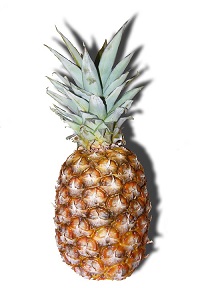

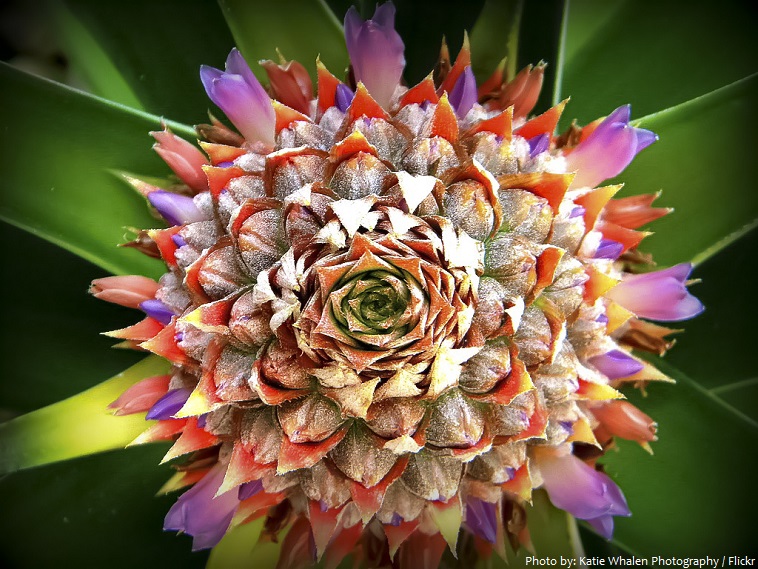
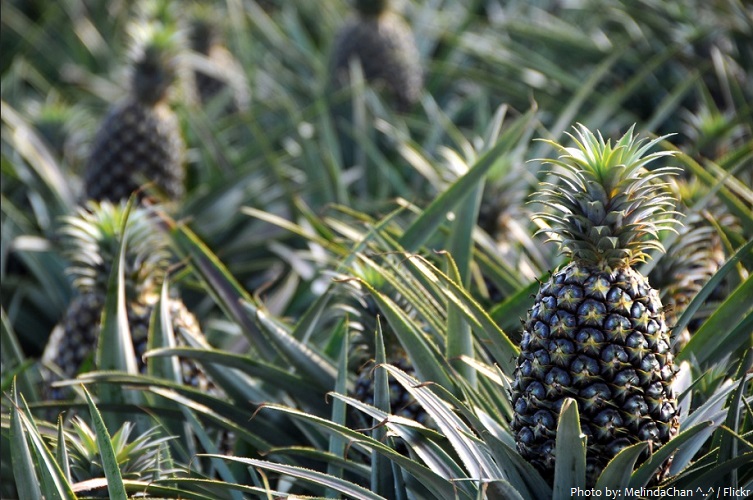
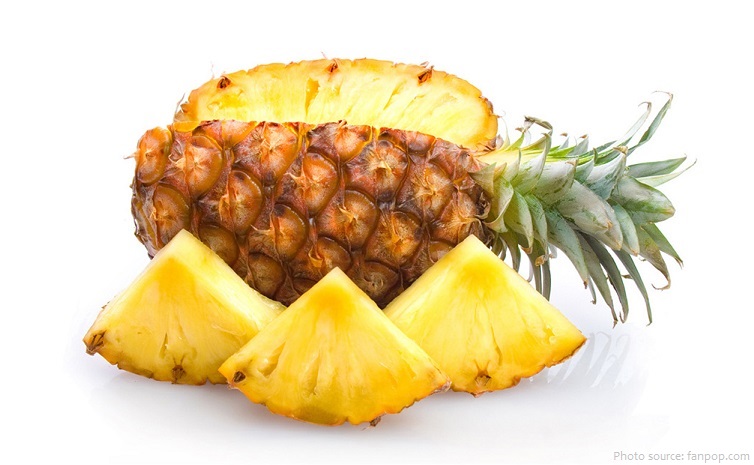
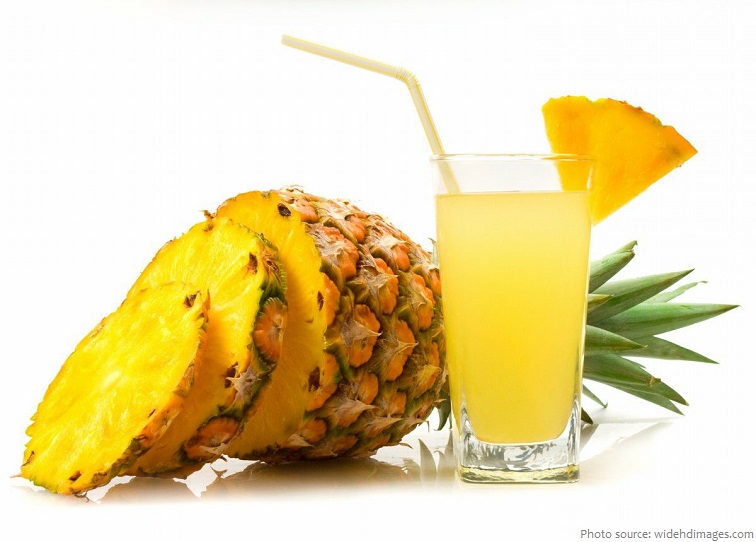

Comments are closed.